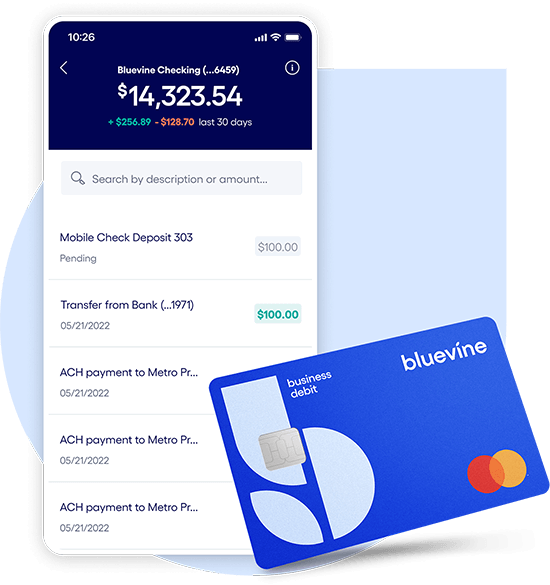When a company is experiencing financial stress and they’re looking for ways to cut costs, they may need to reduce their workforce through layoffs or furloughs—an obstacle that many small businesses have faced since the COVID-19 pandemic hit earlier this year.
If you’re one of these businesses, or if you want to better understand your options for the future, we put together the following guide on everything you need to know about furloughing and laying off employees.
The Difference Between Furlough vs. Layoff
By definition, a layoff is when an employee is permanently let go for reasons not related to their job performance. On the other hand, a furlough is when an employee is put on an unpaid leave of absence for a certain period of time—for example, until a company has improved its financials. To help you understand the differences further, let’s look at some key factors:
Permanency
As we just mentioned, a layoff is permanent, while a furlough is meant to be temporary. Furloughed employees expect to return to their jobs after a short time. Not to mention, furloughed employees are still considered employees. When an employee is laid off, the employer-employee relationship legally ends.
Access to benefits
Laid off employees do not continue receiving a salary or benefits, however they often will receive a severance package for a short period.
In most cases, furloughed employees do not get their salary but do continue receiving benefits like health insurance. Sometimes, furloughed employees can use paid time off (PTO) days for a portion of their furlough. The terms of a furlough are determined by you, the employer, and will likely be defined by certain federal, state, and local employment laws.
Employer responsibilities
Your responsibilities as an employer differ depending on your company’s state and local laws. For example, you may need to provide laid off employees with severance pay, payouts on unused PTO days, and COBRA insurance for continuation health coverage.
Our recommendation is to assess relevant employment laws and regulations to find out exactly what’s required of you when you layoff or furlough employees.
In the meantime, stay in touch with furloughed employees in case you need to update them on a return-to-work date, furlough extension, health insurance update, etc.
Unemployment accessibility
During the COVID-19 pandemic, both laid off and furloughed employees are eligible for unemployment.
Under normal circumstances, all laid off employees have access to unemployment, and some furloughed employees do as well. It depends on the terms of the furlough itself. These terms are determined by you and/or any unemployment eligibility requirements from your state.
If you have to layoff or furlough employees after the pandemic, check your state’s unemployment terms so you can prepare accordingly on your end—and properly inform a let-go employee of their unemployment benefits.
Return to work
Furloughed employees will eventually return to their jobs, while laid off employees will have to look for employment elsewhere. When you’re ready to bring back a furloughed employee, you won’t have to go through the official process of rehiring them. Instead, you’ll need a recall letter and return-to-work plan.
Furloughs, layoffs, and the Paycheck Protection Program
The Paycheck Protection Program (PPP) was designed to help small business owners like you keep their workers employed during the COVID-19 pandemic. If you received a PPP loan, you can get full loan forgiveness by rehiring any laid off or furloughed employees within either 8 weeks or 24 weeks of receiving funding.
Determining what’s right for your business
When your business is experiencing a downturn, you might need to cut costs by laying off or furloughing your employees. To help you determine which one is right for your business, consider the following advantages and disadvantages of each:
| Advantages | Disadvantages | |
Furloughing employees | ● Reduced payroll costs ● No need to rehire a new workforce when your business’s finances improve | ● Furloughed employees might look for a new job during their furlough |
Laying off employees | ● Reduced payroll costs | ● Loss of workforce ● Will have to find and hire a new team after your business bounces back |
Other considerations
Layoffs and furloughs might not be your only cost-cutting option.
You could also consider reducing employee hours and/or pay while you get back to business. Regardless, make sure you’re well versed on federal and state unemployment laws and COVID-19-specific regulations that may impact your decision. These include the CARES, FFCRA, and WARN Acts. If you have specific questions about how these guidelines affect your business, we recommend consulting a lawyer.
Another way to cut costs is to find a new business checking account. Most traditional banks charge fees and offer little to no interest. With Bluevine Business Checking, you get the opposite: no monthly or hidden fees plus 1.5% interest for eligible clients.BVSUP-00005 What’s more, there are no transaction limits or minimum balance requirements. You’ll get the flexibility and transparency you want in a business bank—and your money will work harder for you.
Small business checking, built for your needs
Unlimited transactions, live support, high interest rates, and no monthly fees. Open a Bluevine Business Checking account online today.
Learn more
